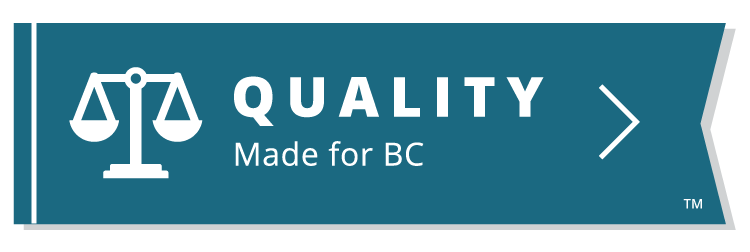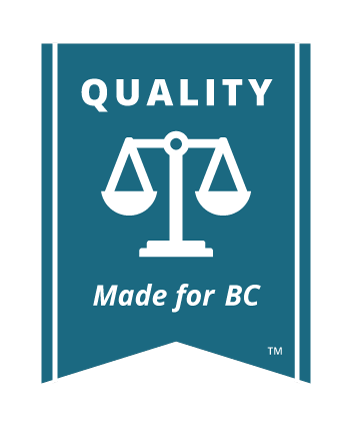Steps in Actions Started by Notice of Civil Claim
If a matter is started by a Notice of Civil Claim it is called an “Action”. The person who starts an “action” is called a “plaintiff”. The person defending an action is called the “defendant”.
- Decide whether to bring an action in the Provincial Court (small claims division) or the Supreme Court (see Where to File).
- Plaintiff starts the action by filing and serving a notice of civil claim (see Preparing your Documents and Serving Documents).
- Defendant files and serves a response (see Responding to an Action and Serving Documents).
- Defendant files and delivers a counterclaim or third-party claim, if applicable.
- If required, plaintiff files and delivers a response to the counterclaim.
- If required, third party files and serves a response (Third Party Claims).
- Plaintiff and defendant consider if the matter will proceed as fast-track litigation (see Fast Track Litigation).
- Plaintiff and defendant start discovery process (See Discovery).
- Plaintiff and defendant may need to make pre-trial applications in chambers to obtain directions or assistance from the court (see Chambers Applications).
- Plaintiff and defendant consider resolving case without going to trial (see Negotiation and Avoiding Trial).
- Plaintiff and defendant prepare for trial by setting trial date; considering expert opinions; and preparing documents for trial (see Trial).
- Plaintiff and defendant attend the trial and receive judgement and award of costs (see Costs).
- Plaintiff or defendant (winning party) prepares and files court order (see Orders).
- Plaintiff or defendant enforces judgement (see Enforcing Court Orders).







 JusticeEducation.ca
JusticeEducation.ca JusticeEd
JusticeEd /JusticeEducation
/JusticeEducation